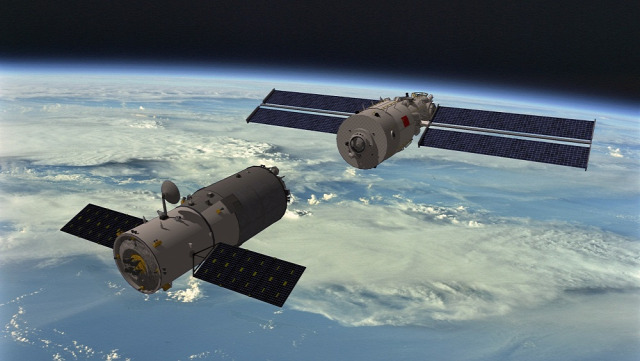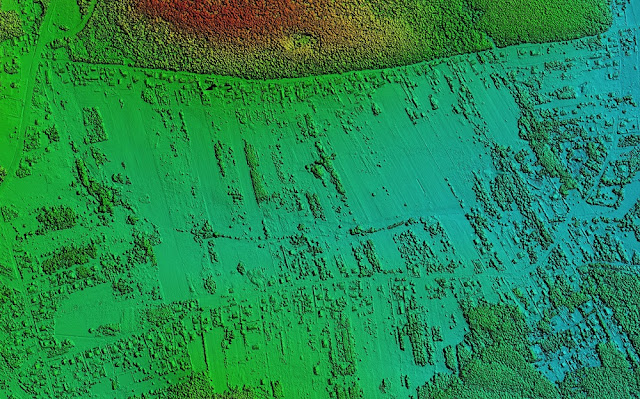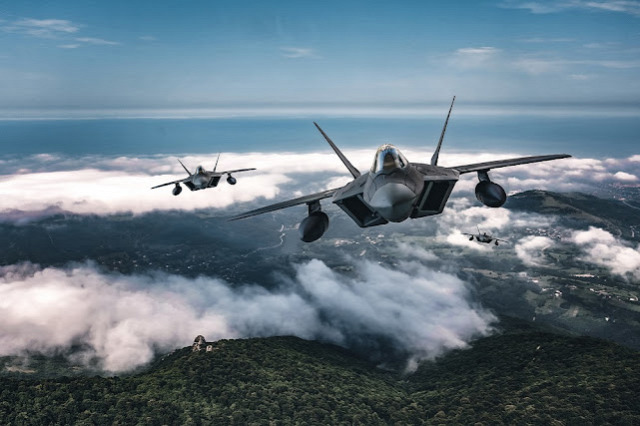
The aviation industry is undergoing a transformative shift towards more sustainable and efficient technologies. Central to this evolution is the concept of More Electric Aircraft (MEA). MEAs replace traditional hydraulic and pneumatic systems with electric systems, enhancing efficiency, reducing emissions, and lowering maintenance costs. This paradigm shift is gaining momentum, driven by technological advancements and increasing environmental awareness.
The More Electric Aircraft market has seen significant growth over the past decade. This growth is fueled by several factors, including the rising demand for fuel-efficient aircraft, stringent environmental regulations, and advancements in electrical and electronic systems. According to BIS Research, The global more electric aircraft market was valued at $10.76 billion in 2020 and is expected to reach $21.50 billion by 2025, growing at a CAGR of 14.84% during the forecast period 2020-2025.
More Electric Aircraft Market Key Drivers:
-
Environmental Regulations: Governments worldwide are imposing stricter emissions regulations on the aviation industry. MEAs, with their reduced fuel consumption and lower greenhouse gas emissions, are becoming a preferred choice for airlines looking to comply with these regulations.
-
Fuel Efficiency: MEAs offer significant fuel savings by optimizing energy use and reducing the weight of the aircraft. This efficiency not only reduces operational costs but also enhances the range and payload capacity of the aircraft.
-
Technological Advancements: Continuous innovations in electrical systems, power electronics, and energy storage solutions are making MEAs more feasible and reliable. Advances in battery technology, in particular, are crucial for the development of fully electric and hybrid-electric aircraft.
-
Maintenance and Reliability: Electric systems are generally more reliable and require less maintenance compared to traditional hydraulic and pneumatic systems. This reliability translates to lower maintenance costs and improved aircraft availability.
North America Domianated the More Electric Aircraft Market
North America is projected to lead the global more electric aircraft market, accounting for approximately 34.66% of the market share in 2019. This region, particularly the United States, is a key player in the MEA market. The U.S. hosts several major providers of more electric aircraft systems and technologies, including Raytheon Technologies Corporation (formerly UTC), GE Aviation, Astronics, and Honeywell International.
Grab A Free Detailed Updated Sample on More Electric Aircraft Market!
Challenges
Despite the promising prospects, the MEA market faces several challenges. High initial development costs, technological limitations in energy storage, and the need for significant infrastructure upgrades are some of the barriers to widespread adoption. Additionally, the transition to MEAs requires a skilled workforce proficient in handling advanced electrical systems.
Global More Electric Aircraft Market Segmentation
The more electric aircraft market is categorized by system, application, aircraft type, and region. The report identifies the main driving and restraining factors influencing the market and offers an in-depth industry analysis. It examines various applications such as power generation management, passenger comfort, air pressurization and conditioning, configuration management, and flight controls and operations. Within the aircraft type segment, the market is divided into commercial aviation, military aviation, and helicopters.
Future Outlook
The future of the More Electric Aircraft market looks promising, with continuous advancements in technology and increasing environmental consciousness driving the industry forward. The development of hybrid-electric and fully electric aircraft is expected to revolutionize air travel, making it more sustainable and efficient. As the industry navigates these changes, collaboration among stakeholders, including manufacturers, airlines, regulatory bodies, and research institutions, will be crucial to overcoming challenges and realizing the full potential of MEAs.
Some of the prominent names in this market are:
- Boeing, Thales
- Raytheon Technologies Corporation (previously UTC)
- TTTech Computertechnik AG
- Safran
- Lockheed Martin
- Rolls Royce
- Israel Aerospace Industries (IAI)
Download Our Updated ToC: Click Here!
Conclusion
The More Electric Aircraft market represents a significant step towards a more sustainable and efficient aviation industry. With its numerous advantages over traditional aircraft systems, MEAs are poised to become the cornerstone of future aircraft design. As the market continues to grow, driven by technological advancements and environmental imperatives, the aviation industry is set to enter a new era of innovation and sustainability.
Key Questions Answered in this Report:
- What are the major driving forces that tend to increase the demand for the more electric aircraft during the forecast period 2020-2025?
- What are the major challenges inhibiting the growth of the global more electric aircraft market?
- Who are the key players in the global more electric aircraft market?
- What is the estimated revenue generated by the more electric aircraft market by segments (system, application, and aircraft type) in 2019, and what will be the estimates by 2025?
- What are the industry trends in the global more electric aircraft market?
- How will the industry evolve during the forecast period 2020-2025?
- What are the new strategies adopted by the existing market players to enhance more electric aircraft?
- What are the major opportunities that the more electric aircraft stakeholders foresee?





